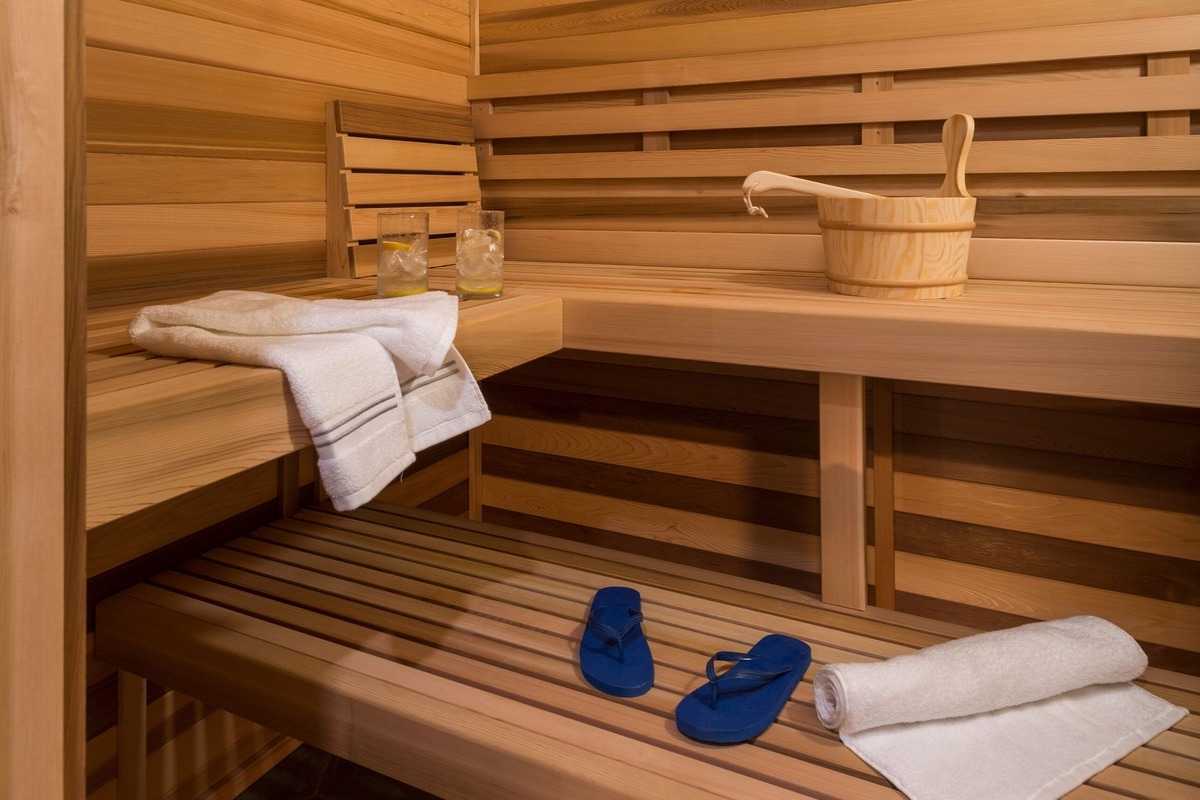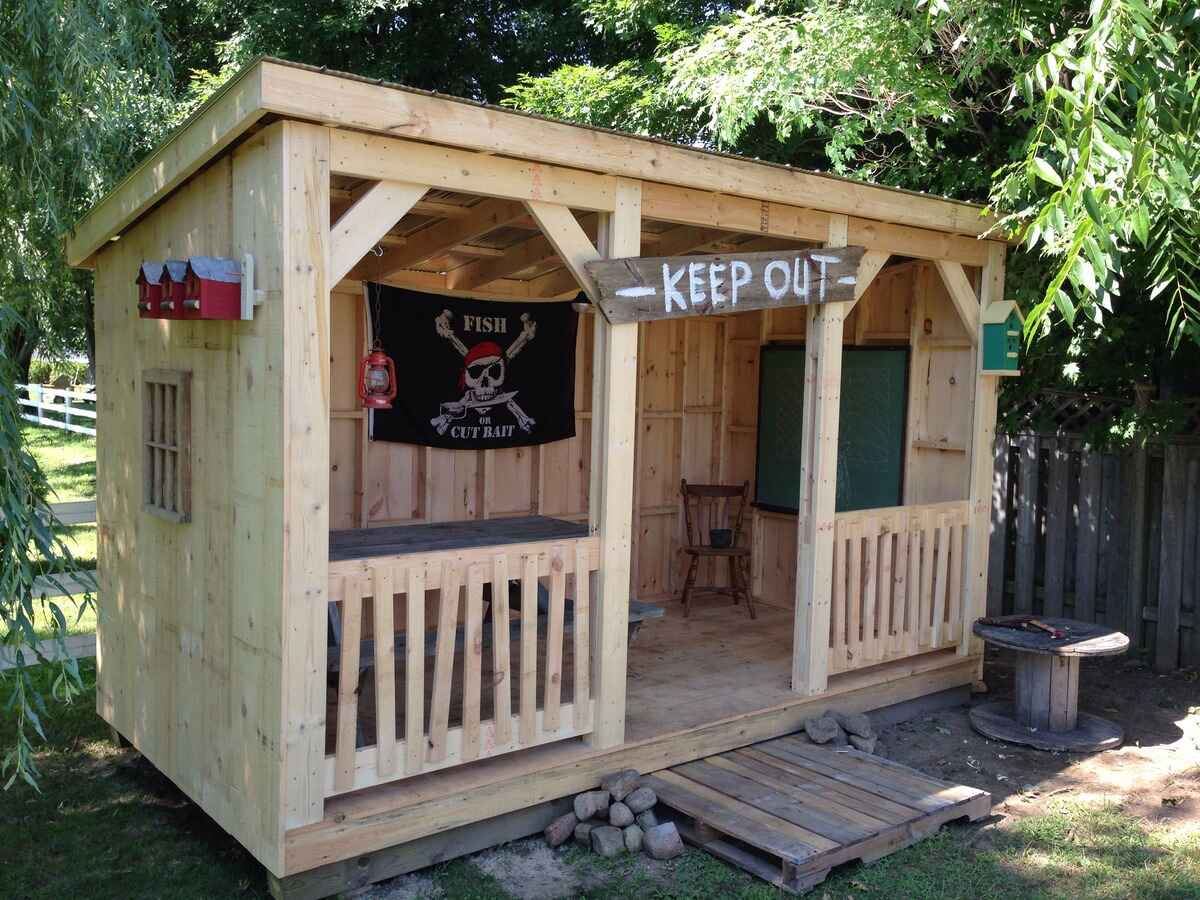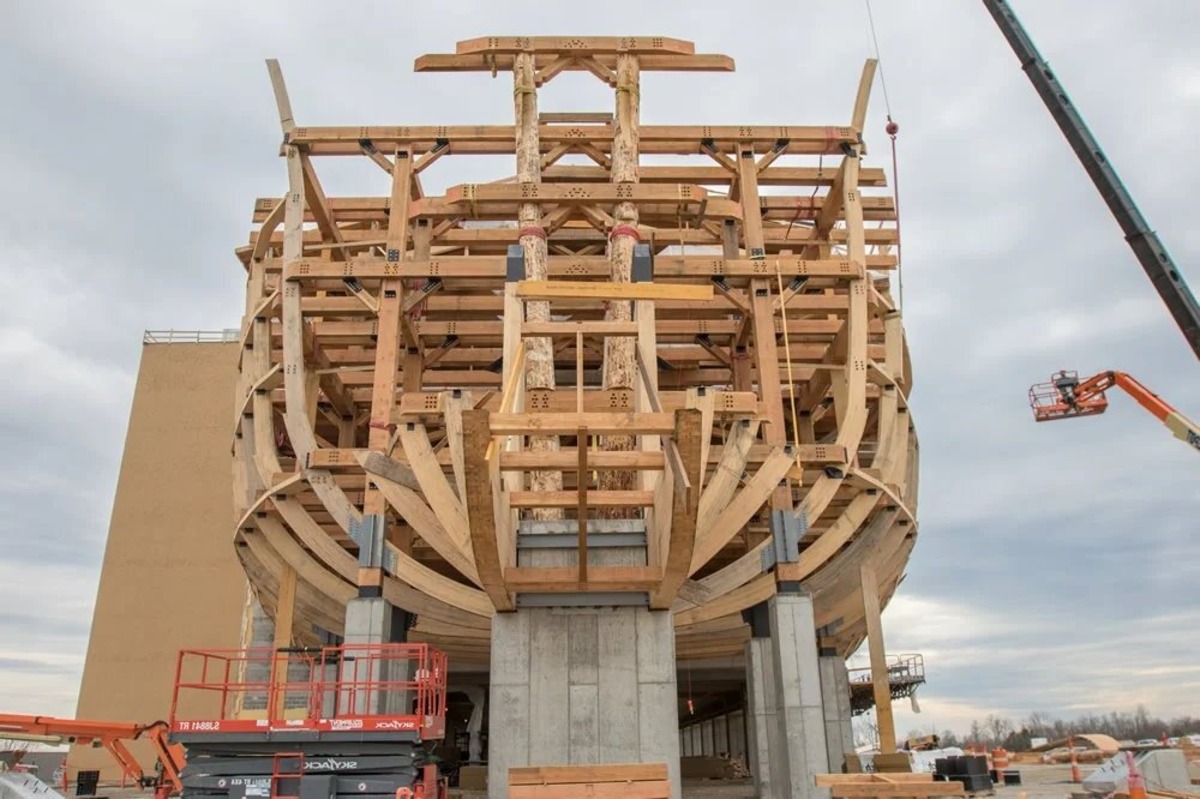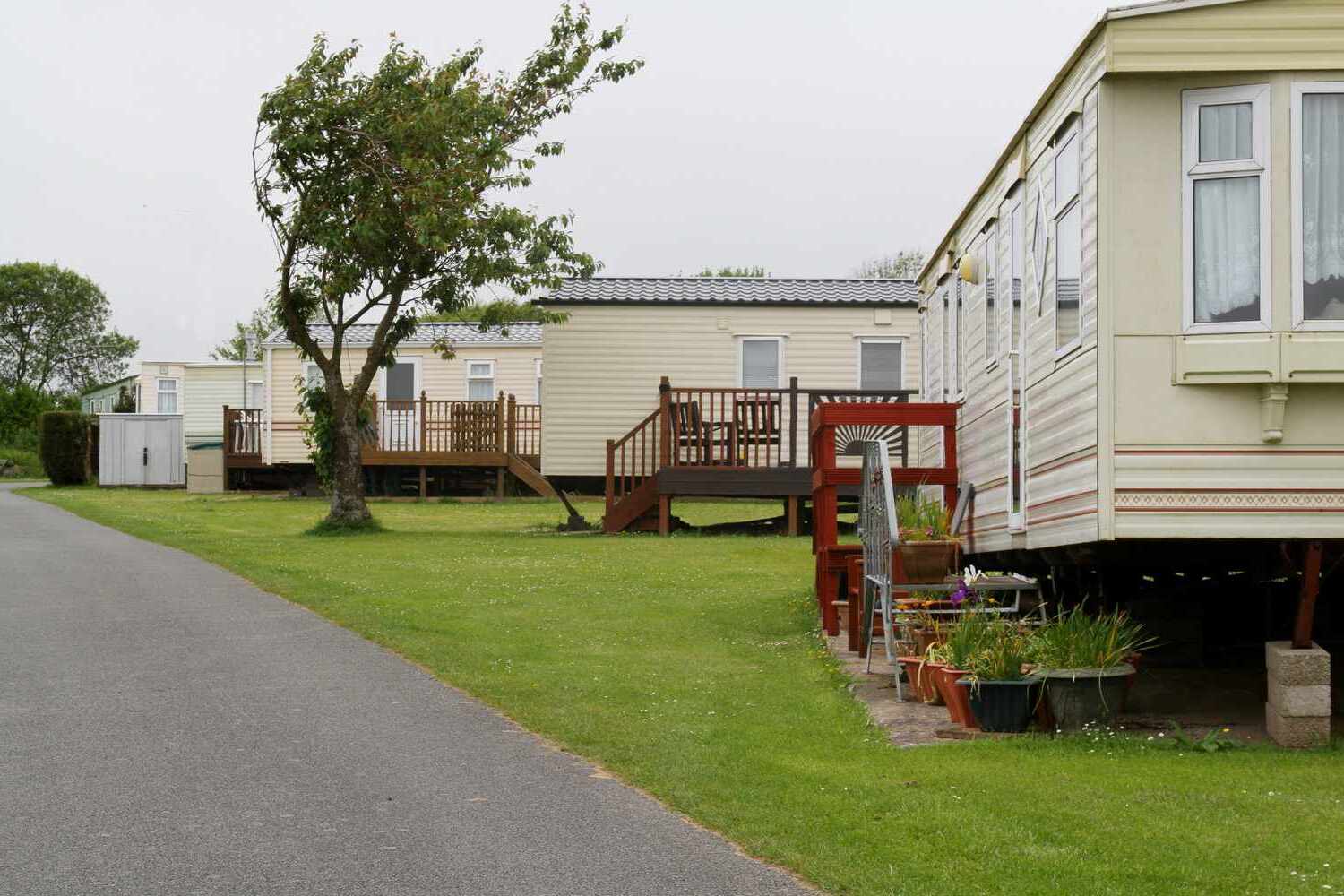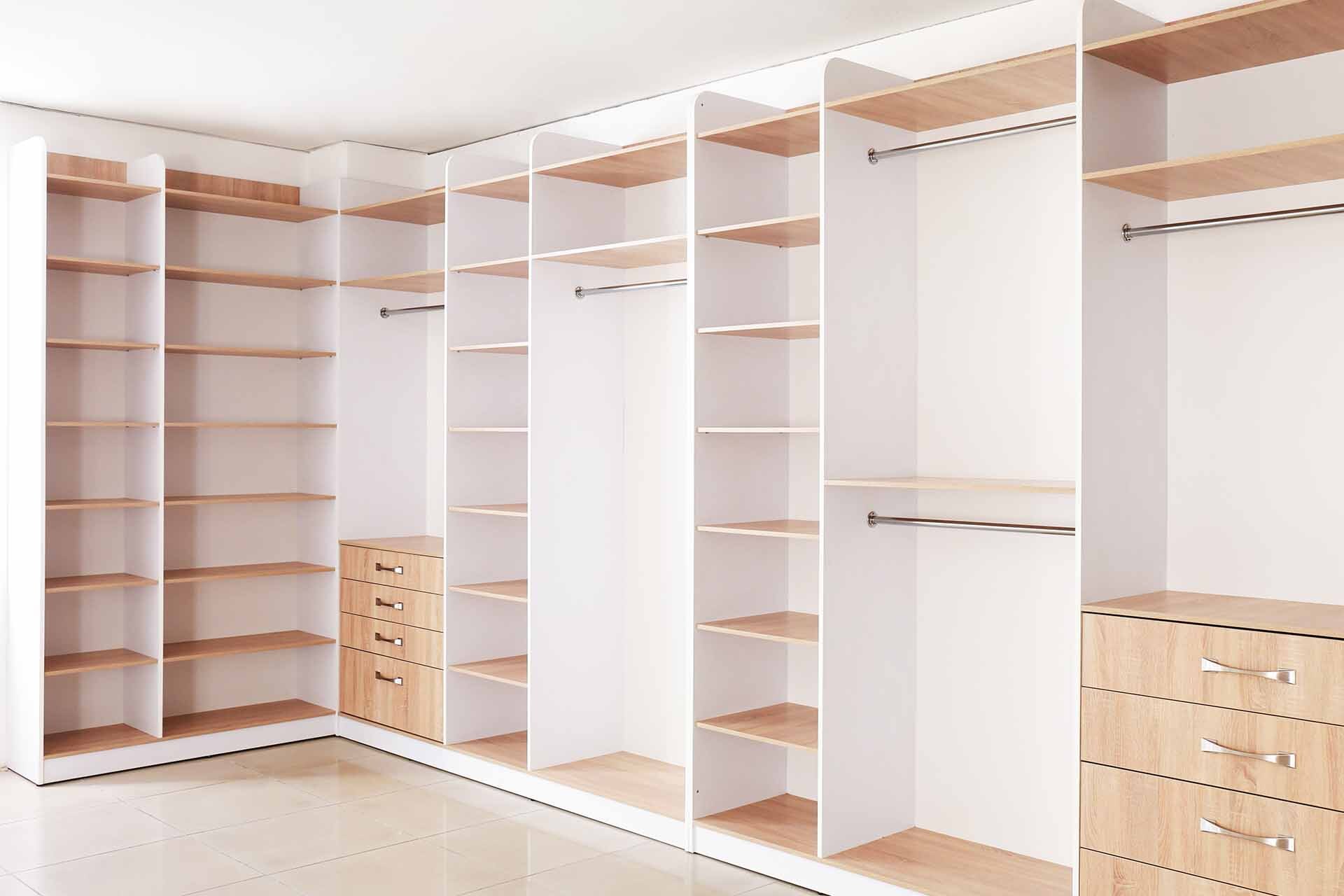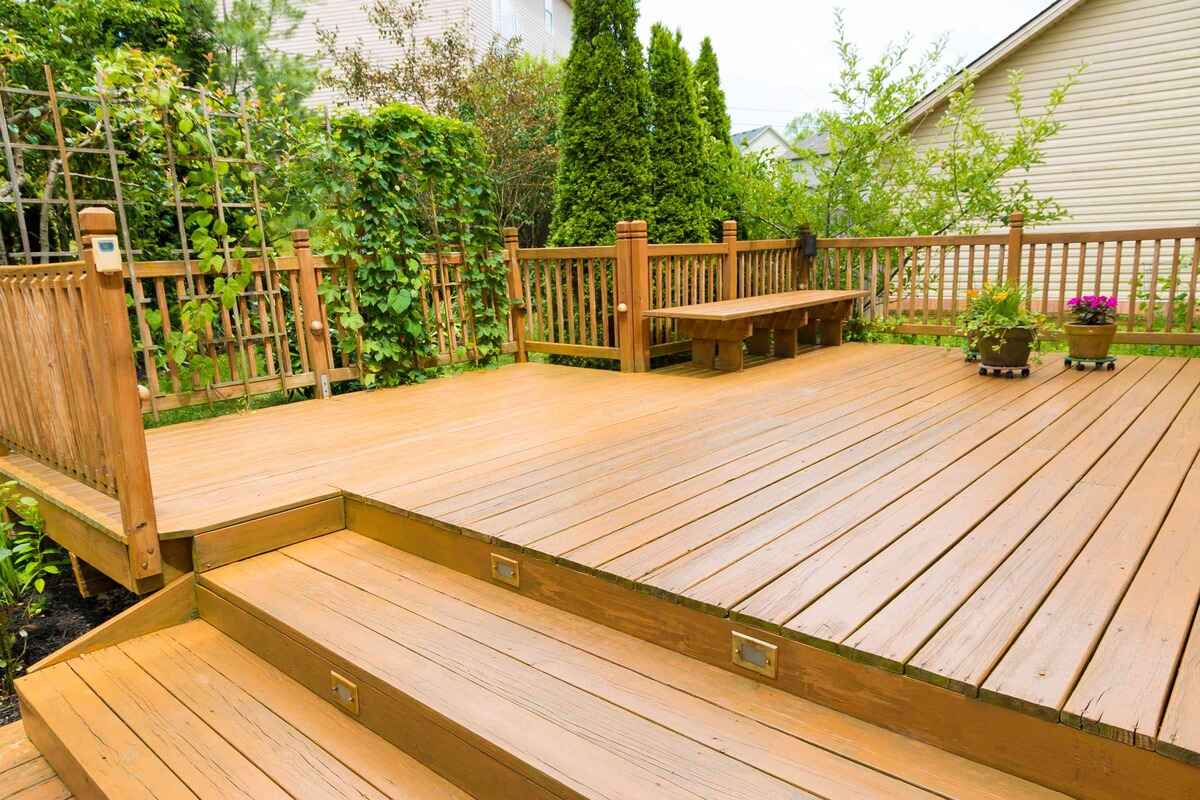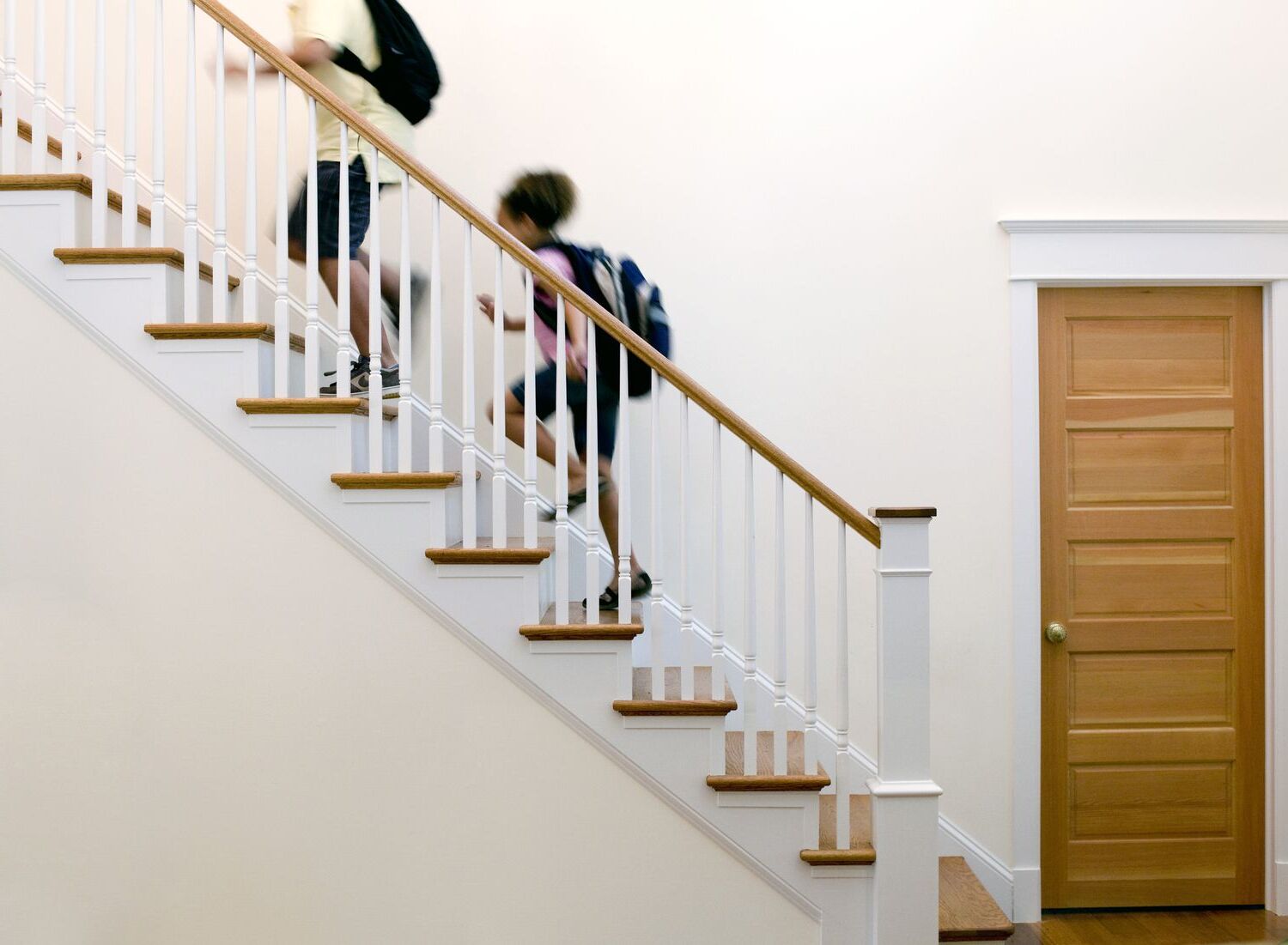Home>Create & Decorate>DIY & Crafts>How To Build An Arbor
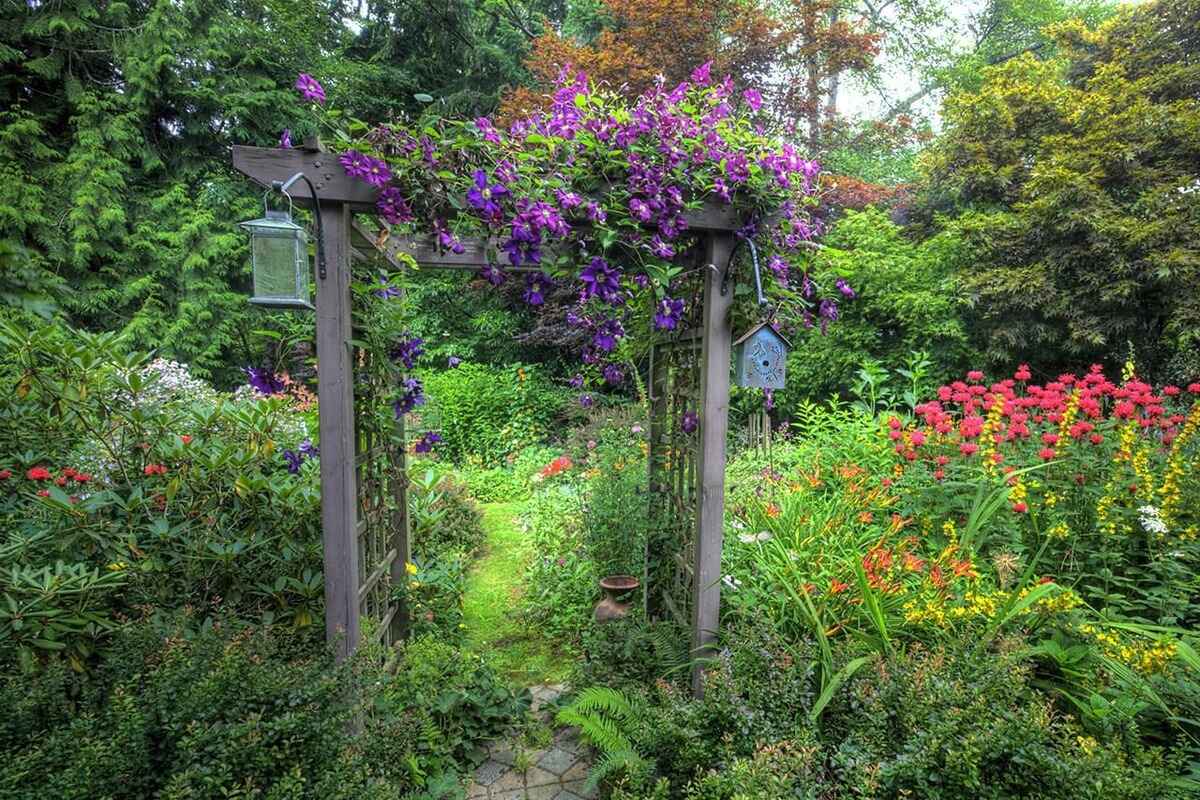

DIY & Crafts
How To Build An Arbor
Published: May 8, 2024

Content Creator specializing in woodworking and interior transformations. Caegan's guides motivate readers to undertake their own projects, while his custom furniture adds a personal touch.
Learn how to build an arbor with our easy DIY & Crafts guide. Create a beautiful outdoor space with our step-by-step instructions.
(Many of the links in this article redirect to a specific reviewed product. Your purchase of these products through affiliate links helps to generate commission for Twigandthistle.com, at no extra cost. Learn more)
Introduction
So, you've been dreaming of a charming garden feature to elevate your outdoor space, and you've decided that an arbor is just the thing you need. But where do you start? How do you go about building an arbor that not only looks beautiful but also stands the test of time? In this guide, we'll walk you through the step-by-step process of creating your very own arbor, from choosing the right location to adding the finishing touches. Let's dive in and get ready to transform your garden into a picturesque oasis!
Read more: How To Build A Trebuchet
Choosing the Right Location
When it comes to building an arbor, choosing the right location is crucial. Here are some key factors to consider:
-
Sunlight: Select a spot that receives the right amount of sunlight for the plants or vines that will grow on the arbor. Most climbing plants thrive in full sun, so choose a location that gets at least 6-8 hours of sunlight per day.
-
Accessibility: Ensure that the arbor is easily accessible and doesn't obstruct pathways or walkways. It should create a natural flow within your garden or outdoor space.
-
Aesthetic Appeal: Consider the overall aesthetics of your garden. The arbor should complement the existing landscape and architectural features. Think about how it will look from various vantage points.
-
Structural Support: If you plan to grow heavy vines or plants on the arbor, make sure the location can support the weight. Avoid placing it too close to structures or trees that could overshadow or encroach upon the arbor.
-
Privacy and Views: Think about how the arbor will enhance privacy or frame desirable views. It can serve as a visual screen or a focal point, depending on its placement.
By carefully considering these factors, you can ensure that the location you choose for your arbor sets the stage for a stunning and functional addition to your outdoor space.
Selecting the Materials
When it comes to building an arbor, selecting the right materials is essential for ensuring its durability and visual appeal. Here are the key materials you'll need:
Wood
Wood is a popular choice for building arbors due to its natural beauty and versatility. Cedar and redwood are excellent options as they are naturally resistant to rot and insect damage. Pressure-treated lumber is another viable choice, offering durability at a lower cost.
Metal
For a more contemporary or industrial look, consider using metal for your arbor. Steel and wrought iron are sturdy options that can withstand the elements. They also provide a sleek and modern aesthetic, perfect for a minimalist garden design.
Read more: How To Build Rafters
Vinyl
If you're seeking a low-maintenance option, vinyl is an excellent choice. It's resistant to rot, peeling, and fading, making it a durable and hassle-free material for your arbor. Additionally, it can be easily cleaned with just soap and water.
Composite Materials
Composite materials, such as PVC and wood-plastic composites, offer the look of wood without the maintenance. They are resistant to rot, decay, and insect infestation, making them a long-lasting choice for your arbor.
Decorative Accents
In addition to the primary structural materials, consider incorporating decorative accents such as finials, lattice panels, or ornamental brackets to enhance the visual appeal of your arbor. These details can add a touch of elegance and charm to the structure.
By carefully selecting the materials for your arbor, you can ensure that it not only complements your garden's aesthetic but also withstands the test of time, providing you with a beautiful and functional outdoor feature for years to come.
Designing the Arbor
Designing your arbor is where you can let your creativity shine. Consider the following elements to ensure that your arbor not only looks stunning but also meets your practical needs:
Read more: How To Build A Pantry
Style and Aesthetics
Think about the overall style of your garden and outdoor space. Do you prefer a traditional, rustic, modern, or whimsical look? The design of your arbor should harmonize with the existing aesthetic. Consider architectural details, such as arches, curves, or straight lines, that complement your garden's style.
Size and Proportions
Determine the dimensions of your arbor based on its intended function and the space available. Consider the height, width, and depth to ensure that it fits seamlessly into your garden. The arbor should be proportionate to the surrounding elements and not overwhelm the space.
Planting Considerations
If you plan to grow climbing plants or vines on your arbor, factor in the planting requirements during the design phase. Consider the spacing of the slats or lattice to accommodate the growth of the plants. Additionally, think about how the foliage will interact with the arbor's structure to create a lush and inviting display.
Functional Features
Beyond its visual appeal, think about the practical aspects of your arbor's design. Will it serve as a gateway to another part of the garden? Should it provide shade for a seating area? Incorporate these functional considerations into the design to ensure that the arbor enhances the usability of your outdoor space.
Read more: How To Build A Hearth
Customization Options
Explore customization options to make your arbor uniquely yours. Whether it's adding intricate carvings, incorporating a bench or swing, or painting it in a distinctive color, these personalized touches can elevate the arbor from a simple structure to a standout feature in your garden.
By carefully considering these design elements, you can create an arbor that not only enhances the beauty of your garden but also reflects your personal style and practical needs. Let your imagination guide you as you bring your dream arbor to life.
Preparing the Site
Preparing the site for your arbor is a crucial step that sets the foundation for a successful installation. Here's a detailed breakdown of the tasks involved:
-
Clearing the Area: Begin by clearing the designated area of any debris, rocks, or vegetation. This will provide a clean slate for the arbor installation and ensure that the ground is level and stable.
-
Marking the Location: Use stakes and string to mark the exact location and dimensions of the arbor. This will serve as a visual guide for the placement and layout of the structure.
-
Excavation: Depending on the design of your arbor and the type of foundation you plan to use, you may need to excavate the area to a certain depth. This is particularly important if you're installing posts or footings to support the arbor.
-
Leveling the Ground: Use a level to ensure that the ground is even and flat. This step is essential for the stability and structural integrity of the arbor. Make any necessary adjustments to the soil to achieve a level surface.
-
Installing Footings or Anchors: If your arbor requires footings or anchors for support, this is the stage at which they should be installed. Follow the manufacturer's guidelines for proper placement and installation of the footings, whether they are concrete piers, post anchors, or other support structures.
-
Consider Drainage: Take into account the drainage of the site to prevent water from pooling around the arbor. Proper drainage will help maintain the integrity of the arbor's foundation and prevent water-related damage.
-
Utilities Check: Before proceeding with any digging or installation, it's essential to check for the location of underground utilities. Contact your local utility companies to ensure that there are no buried cables, pipes, or wires in the area.
By meticulously preparing the site for your arbor, you can ensure a solid and stable foundation for the structure, setting the stage for a successful and long-lasting installation.
Building the Arbor
Now comes the exciting part: bringing your arbor to life. Follow these steps to construct the framework of your arbor:
1. Assembling the Components
Begin by assembling the individual components of the arbor, such as the posts, crossbeams, and rafters. If you're using pre-cut lumber, ensure that each piece is accurately measured and cut to the appropriate dimensions. Lay out the components in the designated area to confirm the layout before proceeding with the assembly.
Read more: How To Build A Cupola
2. Securing the Posts
Position the posts in their designated locations, ensuring that they are plumb and evenly spaced. Depending on your design, you may need to dig post holes and set them in concrete for added stability. Use a level to ensure that the posts are perfectly upright before securing them in place.
3. Attaching the Crossbeams
Once the posts are in place, attach the crossbeams across the top of the posts. These will form the upper framework of the arbor and provide support for the rafters. Use heavy-duty screws or bolts to secure the crossbeams to the posts, ensuring a strong and stable connection.
4. Installing the Rafters
With the crossbeams in place, it's time to install the rafters. These will form the roof structure of the arbor and provide the framework for any climbing plants or vines. Depending on your design, you may opt for a simple, open-roof structure or a more intricate lattice pattern. Secure the rafters to the crossbeams, ensuring that they are evenly spaced and aligned.
5. Reinforcing the Structure
To enhance the stability and durability of the arbor, consider reinforcing the joints and connections with metal brackets or braces. This additional reinforcement will help withstand the elements and the weight of any vegetation that grows on the arbor.
Read more: How To Build A Dock
6. Finishing Touches
Once the basic framework is in place, take the time to add any decorative elements or personalized touches to the arbor. This could include ornamental carvings, decorative end caps for the rafters, or custom paint or stain to enhance the visual appeal of the structure.
By following these steps, you can build a sturdy and visually appealing arbor that will serve as a focal point in your garden or outdoor space. Take pride in your craftsmanship as you witness your vision take shape before your eyes.
Adding Finishing Touches
After the basic framework of the arbor is in place, it's time to add the finishing touches that will elevate its visual appeal and functionality. Here are the essential steps to complete the transformation of your arbor:
1. Planting and Vines
If your arbor is designed to support climbing plants or vines, now is the time to introduce them to the structure. Carefully plant the chosen vegetation at the base of the arbor and guide them to climb and intertwine with the framework. Consider fast-growing and visually striking plants such as clematis, wisteria, or climbing roses to create a lush and vibrant display.
2. Lighting
To extend the enjoyment of your arbor into the evening hours, consider incorporating lighting elements. Solar-powered string lights, LED lanterns, or discreetly placed spotlights can add a magical ambiance to the arbor, creating a cozy and inviting atmosphere for nighttime gatherings or quiet moments in the garden.
Read more: How To Build A Battlebot
3. Seating and Accessories
If your arbor is intended as a relaxation or gathering spot, consider adding seating elements such as a bench, swing, or outdoor chairs beneath or within the structure. This will transform the arbor into a functional and inviting space where you can unwind and enjoy the beauty of your garden. Additionally, consider adding accessories such as decorative cushions, throw pillows, or a small table to enhance comfort and style.
4. Decorative Elements
Incorporate decorative elements to personalize the arbor and infuse it with character. Consider hanging baskets of flowers, decorative wind chimes, or artistic metalwork to add visual interest and charm to the structure. These details will make the arbor a focal point in your garden and reflect your unique style and personality.
5. Maintenance and Care
Once the arbor is complete, it's important to establish a maintenance routine to ensure its longevity and beauty. Regularly inspect the structure for any signs of wear, such as loose fasteners or weather-related damage. Additionally, maintain the surrounding vegetation and ensure that any climbing plants are pruned and trained to grow within the arbor's framework.
By adding these finishing touches, you can transform your arbor into a captivating and functional feature in your garden. Whether it's a tranquil retreat, a stunning backdrop for outdoor events, or a picturesque entryway, your arbor will serve as a testament to your creativity and craftsmanship, enhancing the beauty and allure of your outdoor space.
Conclusion
In conclusion, building an arbor is a rewarding and creative endeavor that can significantly enhance the beauty and functionality of your outdoor space. By carefully choosing the right location, selecting durable materials, designing a visually appealing structure, and meticulously preparing the site, you can lay the groundwork for a successful arbor installation. The process of building the arbor itself, from assembling the framework to adding finishing touches, allows you to infuse your personal style and vision into the structure, creating a unique focal point in your garden. Whether it's a tranquil retreat, a stunning backdrop for outdoor events, or a picturesque entryway, your arbor will serve as a testament to your creativity and craftsmanship, enhancing the beauty and allure of your outdoor space. With proper care and maintenance, your arbor will stand the test of time, providing a charming and inviting feature for years to come.

